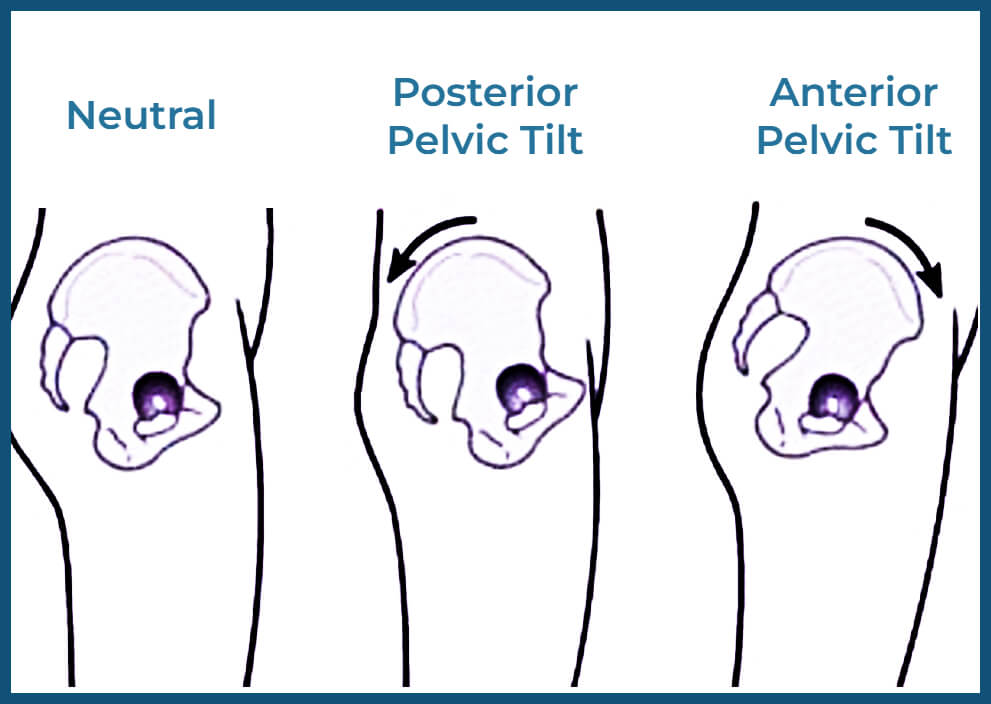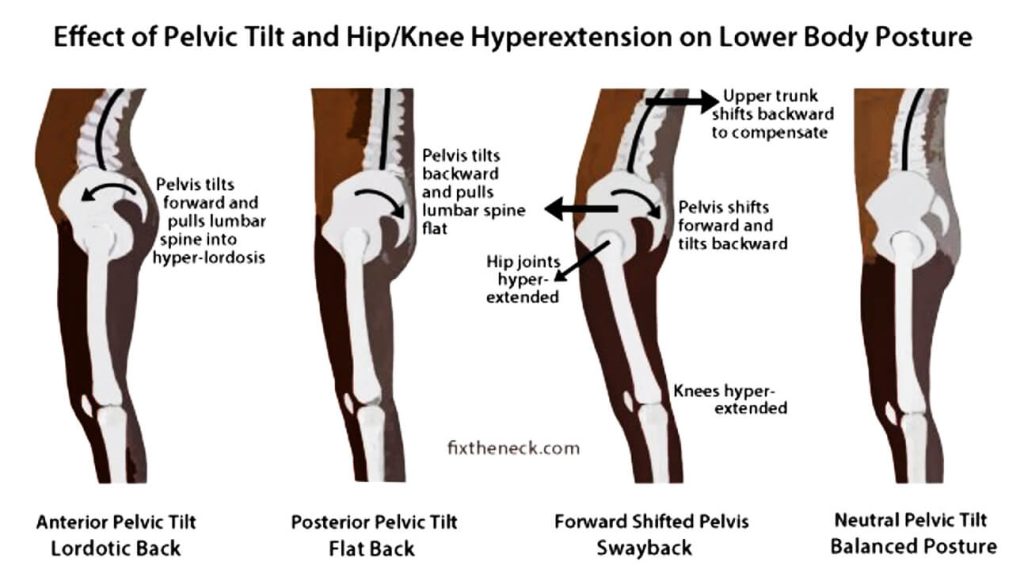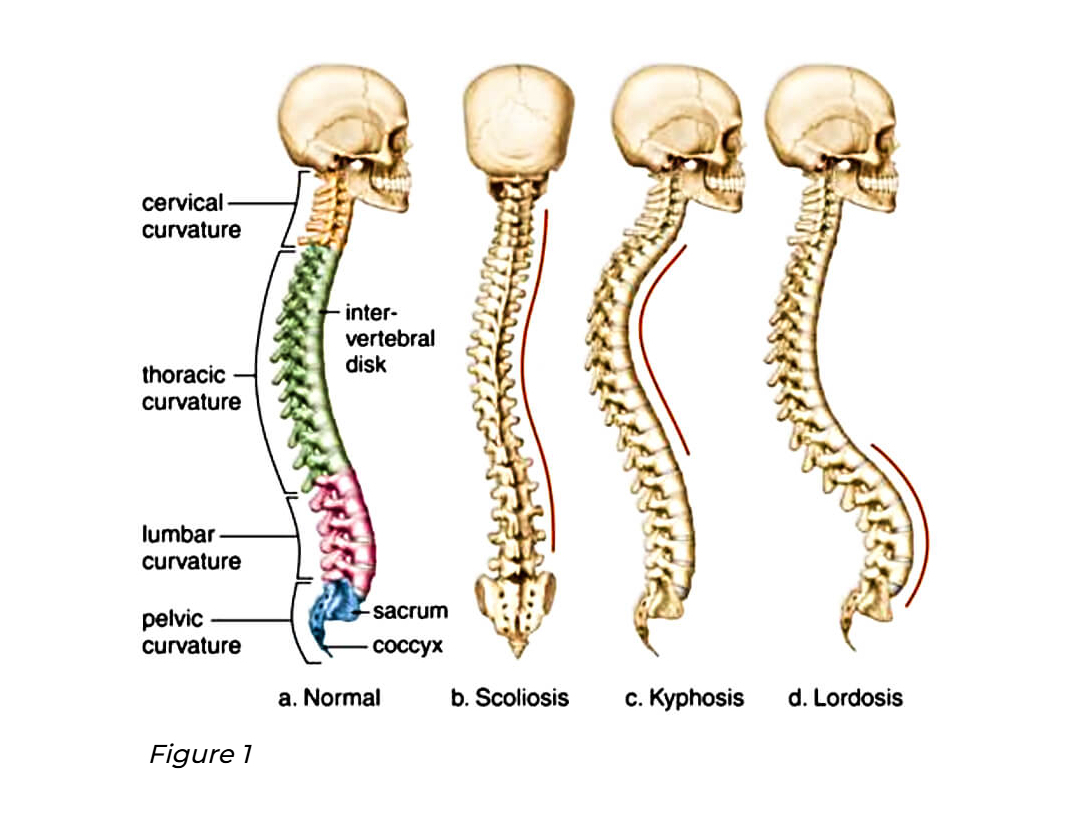A healthy spine has mild serpentine-like curves that assist with shock absorption and distributing load (Figure 1). This curve can become abnormal due to a motor vehicle accident, sports injury, poor posterior or insufficient use of musculature with pain in the cervical or lumbar spine ensuing due to these curvature changes.
In a recent article we discussed the relationship that the tightness in the iliopsoas muscle and weakness of the gluteus maximus can cause an anterior shift to the pelvis, strongly contributing to both hip and lumbar pain and pathology. In this article we will review a posterior pelvic tilt and its influence on low back pain, its typical symptoms and treatment.
What is Posterior Pelvic Tilt?
A posterior pelvic tilt is when the pelvic bones collectively are shifted backwards or counterclockwise (Figure 2). The spine becomes straighter with buttocks tucked under (Figure 3). Chronic tightness of the hamstring muscles and weakness of the abdominus and gluteus maximus are often the culprits to this structural abnormality. The load that was previously distributed with the serpentine-like curve is now placing greater force and load on the intervertebral discs themselves.1 Over time, this shift causes degeneration and damage to the discs and the adjacent facet joint, or the contact points of the neighboring vertebrae. The development of the following are common symptoms with a posterior tilted pelvis:
- Low back pain
- Hip pain
- Hamstring pain
- Groin Pain
- Poor posture


Posterior Pelvic Tilt Treatments
Biomechanical correction is a priority for an individual with a posterior pelvic tilt. Establishing care with a physical therapist to assess the degree of mechanical dysfunction while providing guidance to appropriate exercises is necessary for correction. When the condition is more chronic over an extended period causing significant low back pain, additional therapies may also be necessary. Orthobiologics, in the form of platelet rich plasma or adipose derived stem cells, can provide pain relief and collagen regeneration in the facet joints of the spine2 and tailor well with adjunctive physical therapy exercises.
At Oregon Regenerative medicine, we have a combined thirty years of experience with the use and application of orthobiologics. We understand the importance that biomechanics plays in maintaining structural integrity overall health of the physical body. For an assessment and more information regarding orthobiologics, consult with the practitioners at Oregon Regenerative Medicine (503) 636-2734.
Dr. Stacey Guggino, ND, LAc, graduated from the National College of Natural Medicine in Portland, Oregon with a Doctorate in Naturopathy and a master’s degree in Oriental Medicine. For the past 12 years, she has specialized in treating pain and sports injuries with acupuncture and prolotherapy. Dr. Guggino has also studied and practiced aesthetic medicine for 11 years.
- “Posterior Pelvic Tilt”. Essentials of Kinesiology for the Physical Therapist Assistant (Third Edition), 2019.
- Machado ES, Soares FP, Vianna de Abreu E et al. “Systematic Review of Platelet-Rich Plasma for Low Back Pain.” Biomedicines. 2023 Aug 28;11(9):2404.



